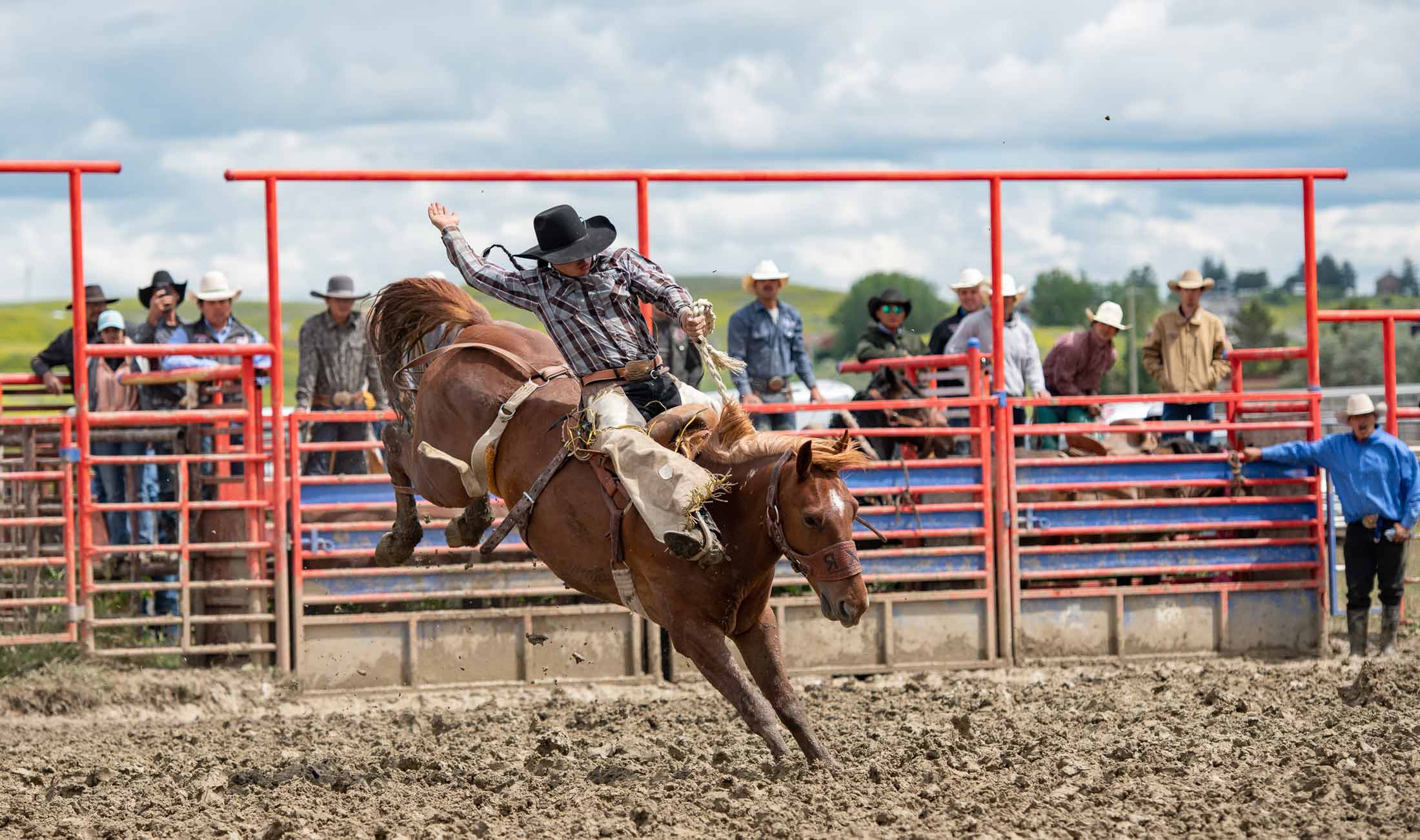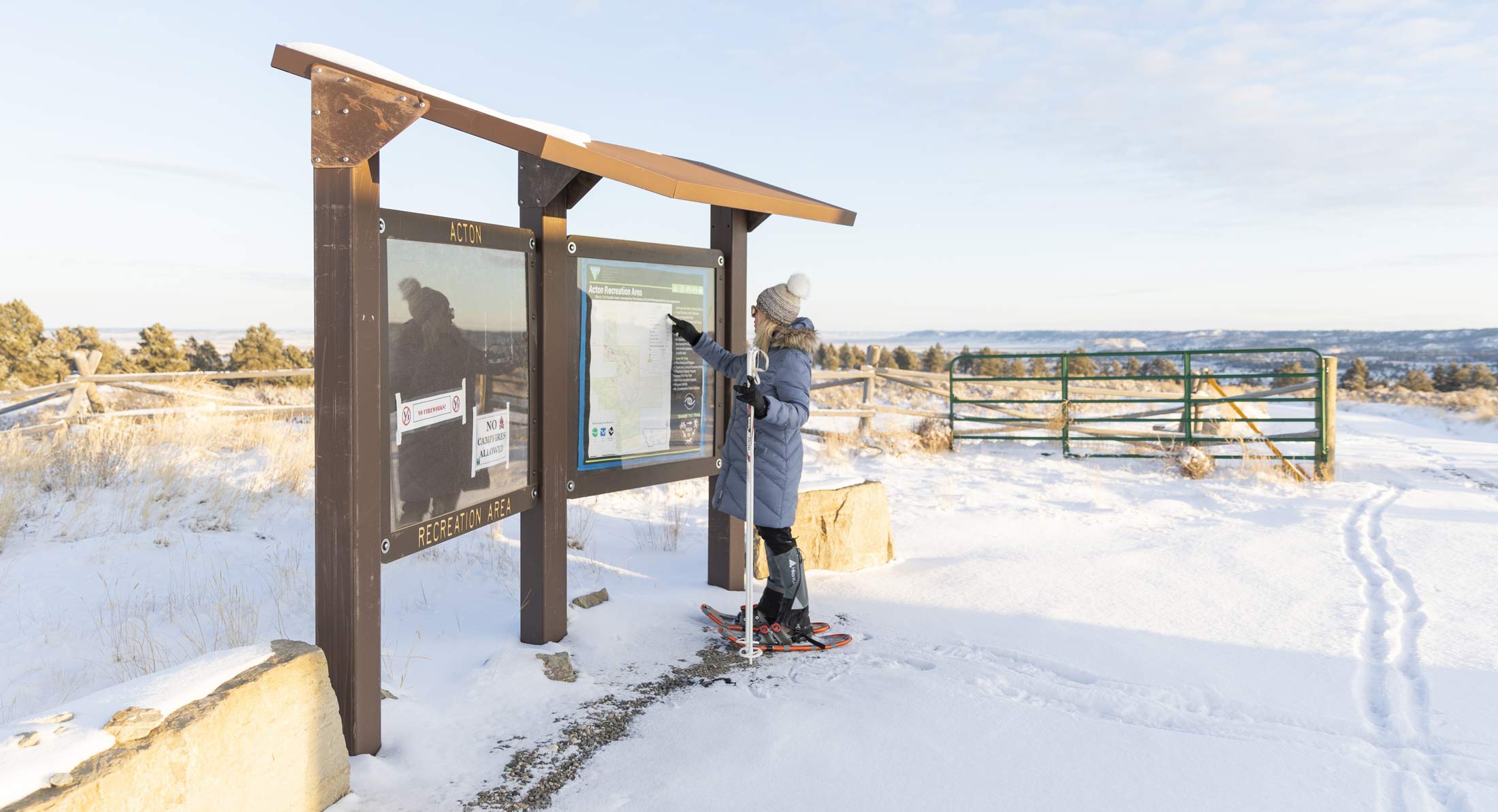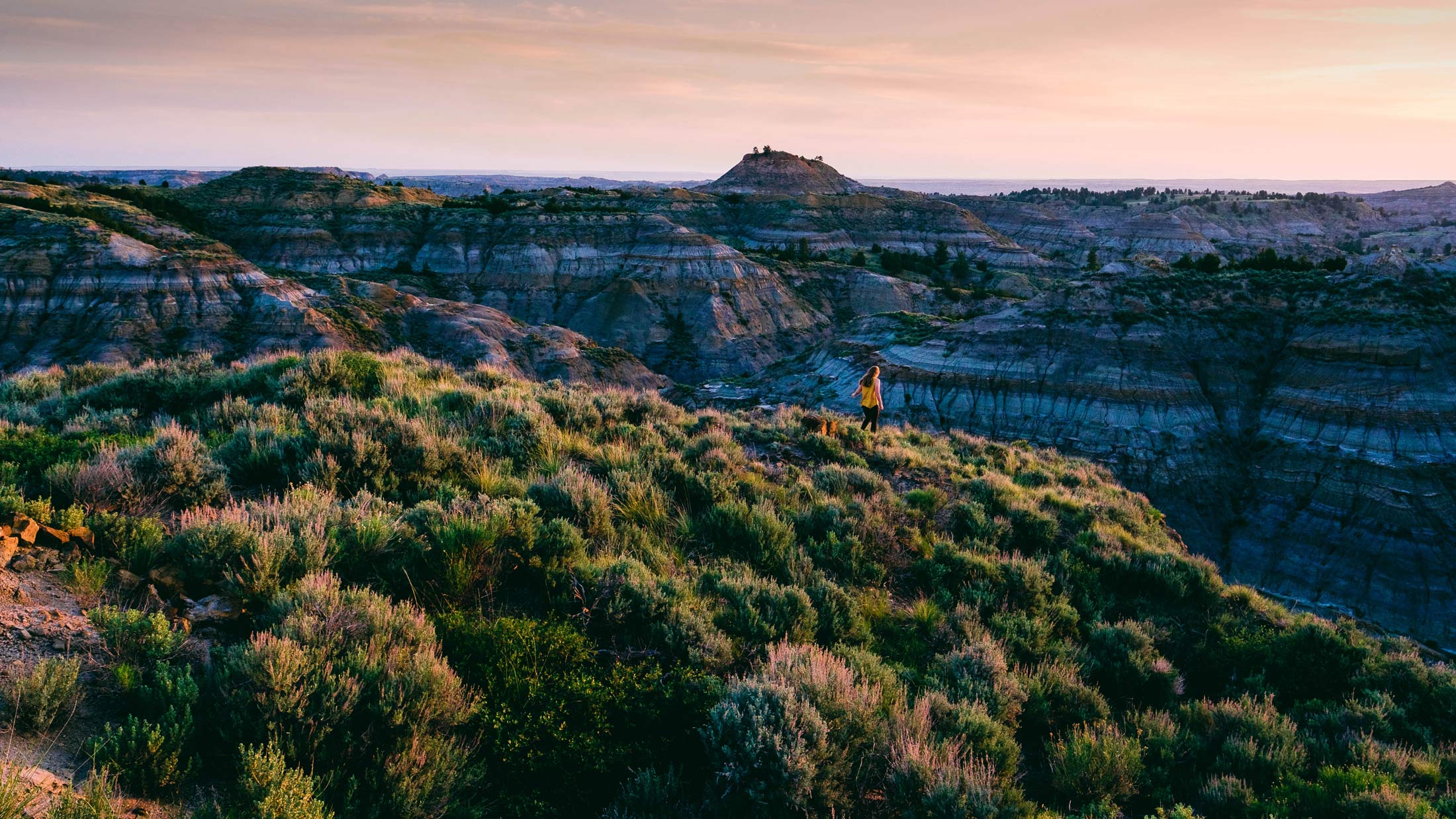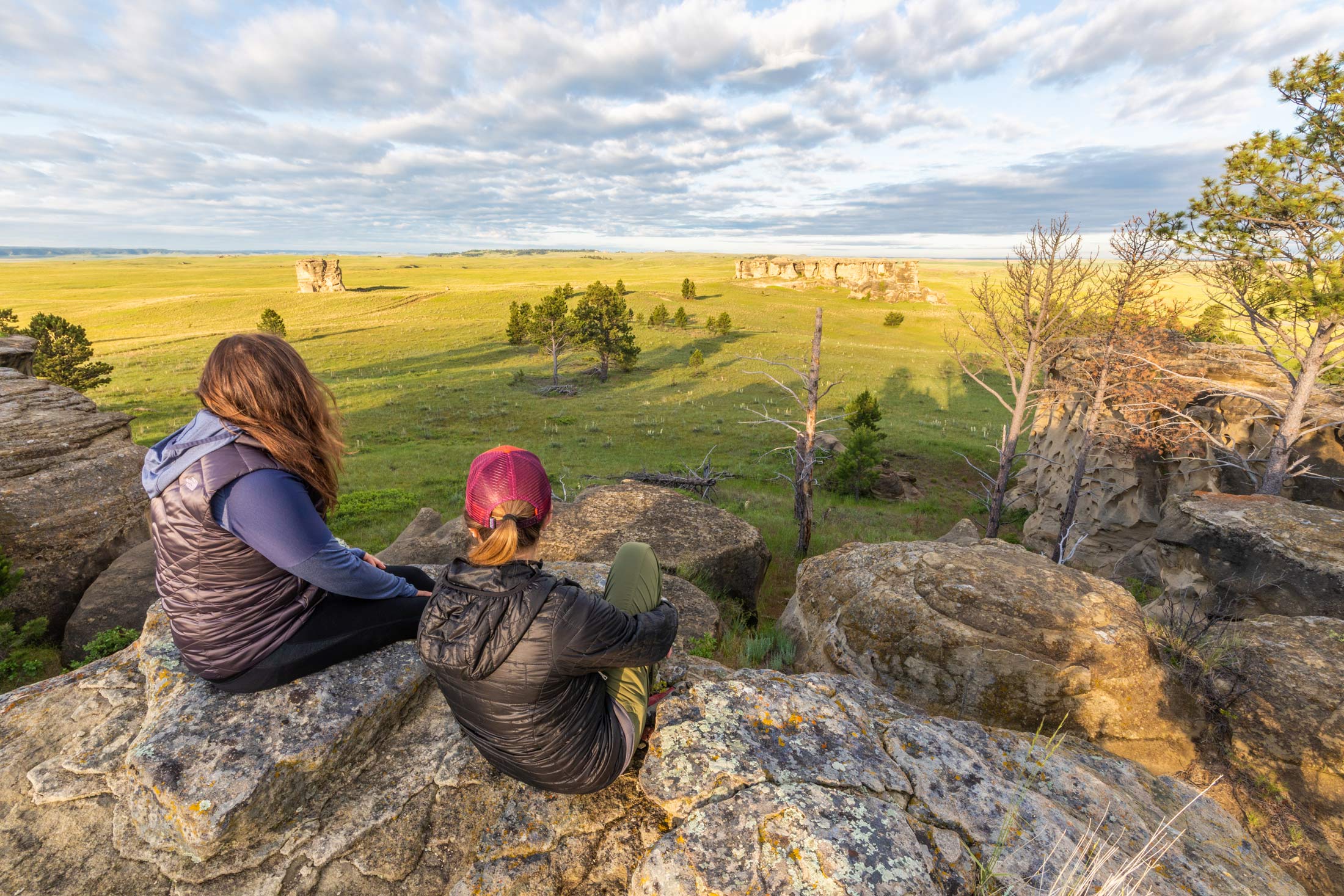A Cheat Sheet to Rodeos
Montana, known as "Big Sky Country," is a state where the spirit of the Old West still thrives, and nowhere is this more evident than in its vibrant rodeo scene. Rodeo is not just a sport in Montana; it's a celebration of the state's cowboy heritage, showcasing skills that have been essential to ranch life for generations. From small-town events to major professional competitions, rodeo is an integral part of Montana's cultural fabric, drawing spectators and participants from across the state and beyond.
Rodeo in Montana traces its roots back to the late 19th century when cowboys would gather to demonstrate their skills in handling cattle and horses. These informal competitions eventually evolved into organized events, with the first official rodeo in Montana believed to have taken place in Miles City in 1914. Since then, rodeo has grown to become a beloved tradition, with events held across the state throughout the summer months. The sport has deep ties to Montana's ranching history, reflecting the state's enduring connection to its frontier past.
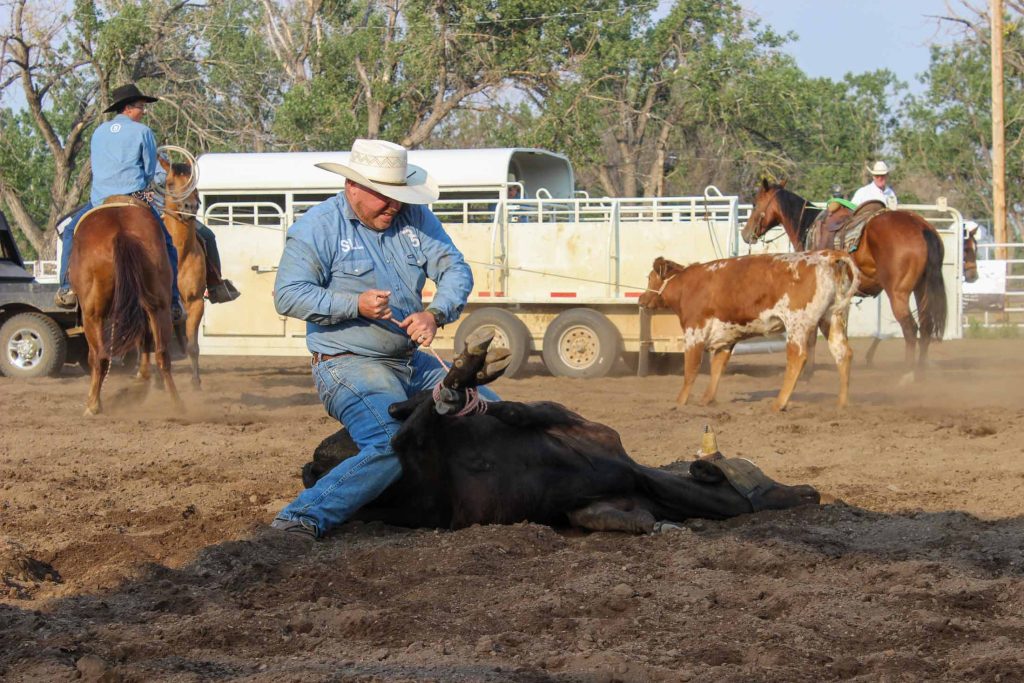
The Difference Between Pro Rodeos and Ranch Rodeos
Professional rodeos, such as those sanctioned by the Professional Rodeo Cowboys Association (PRCA), feature standardized events and scoring systems. These events attract professional athletes who compete for prize money and points, focusing on individual performances.
In contrast, ranch rodeos emphasize skills used in everyday ranching and often feature team events that replicate actual ranch work. Participants in ranch rodeos are typically working cowboys rather than full-time rodeo athletes. While professional rodeos stick to a set list of events, ranch rodeos may include unique competitions like team branding, wild cow milking and ranch bronc riding. Most ranch rodeos offer prize money for winners and can also serve as qualifiers for bigger ranch rodeos.
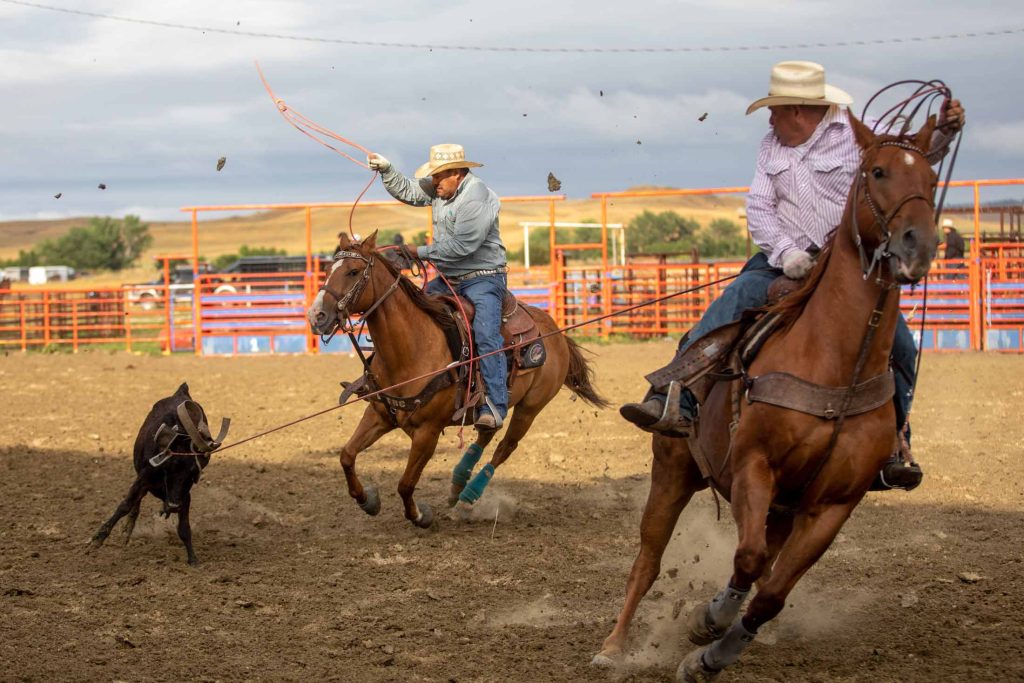
Major Rodeos in Southeastern Montana
- Miles City Bucking Horse Sale: Held annually in May, this event combines a match bronc riding with a sale of bucking horses and Indian Relay Horse Races.
- Roundup Independence Days Extravaganza: A PRCA Rodeo in early July
- Ingomar Open Rodeo: Held in July
- Dawson County Fair: A PRCA rodeo in July
- Powder River County Fair: Ranch Rodeo in July
- Little Big Horn Days & Stampede: PRCA Rodeo in July also features Indian Relay Horse Races
- Baker Rodeo: Part of the Fallon County Fair in August
- Crow Fair & Rodeo: Held in August in Crow Agency
- Eastern Montana Fair and Rodeo in Miles City: A popular August event featuring both rodeo and fair attractions.
- Days of ’85 Rodeo: Held in August in Ekalaka
- NILE Pro Rodeo: Takes place in October in Billings.
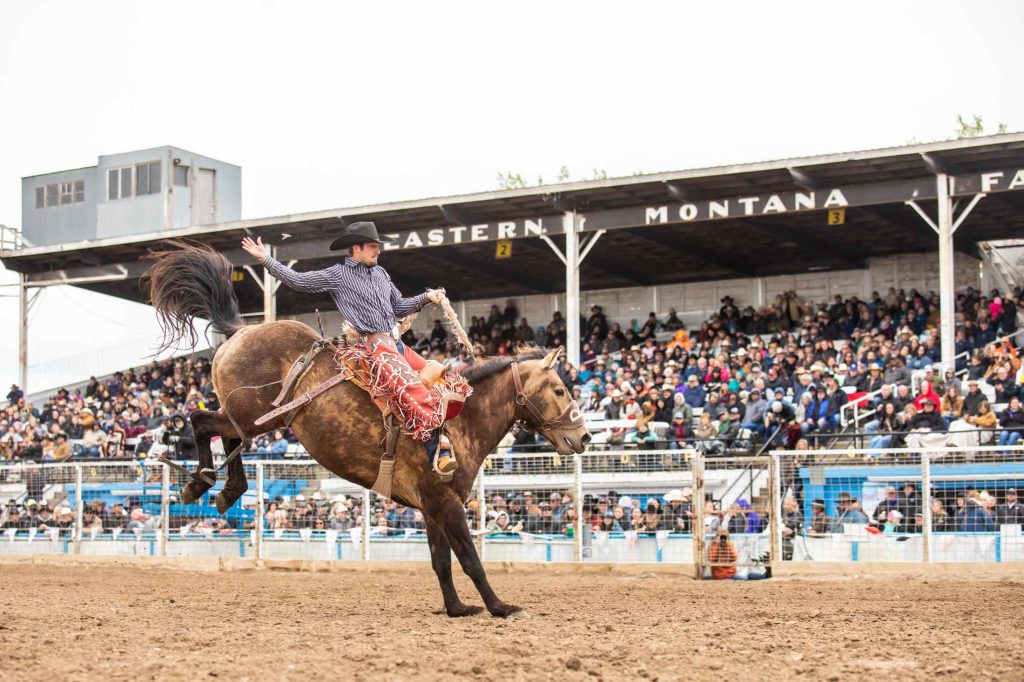
Things to Know Before Attending Rodeos
Attending a rodeo in Montana is an exciting experience, but there are a few things to keep in mind to ensure you make the most of the event. Most rodeos charge admission at the gate, check their website beforehand to know exact amounts. Dressing appropriately is key – comfortable clothes are a must, and don't forget a hat and sunscreen for outdoor events. Most rural towns in Southeast Montana have western stores that carry authentic attire, so dress up and have fun! It's wise to arrive early to secure good seating and explore the event. Familiarizing yourself with basic rodeo terminology and event rules can enhance your enjoyment of the competitions. Be prepared for a lively, loud atmosphere complete with announcers and music. It's important to respect the animals and understand that their welfare is a top priority for organizers. Lastly, bringing cash is advisable for food vendors and souvenir purchases.
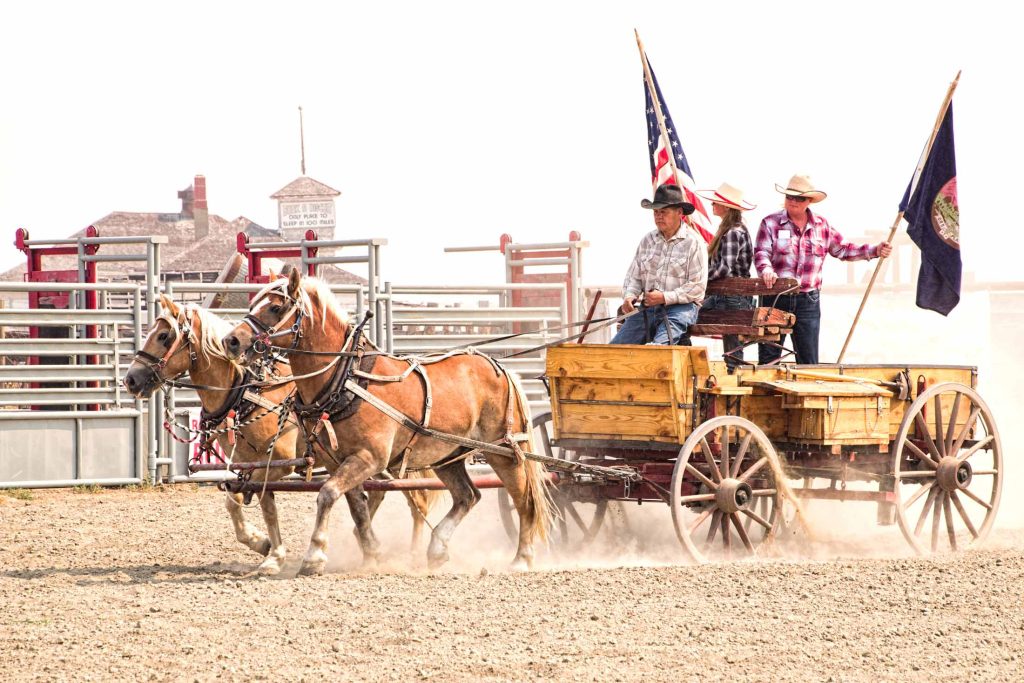
Beyond the Main Events: Fun for All Ages
While competitive events form the core of any rodeo, there's much more to enjoy for spectators of all ages. Many rodeos feature entertaining sideshows and audience participation events that add to the festive atmosphere. One popular attraction is mutton bustin’, where young children try to ride sheep, mimicking the adult bronc riding events in a safer, more whimsical setting.
Rodeo clowns, also known as bullfighters, play a crucial role in both entertainment and safety. These skilled performers keep the crowd laughing between events with their antics and skits, but they also serve a vital function in diverting a bull or bucking horse's attention from the rider/participants until the outriders can corral the animals or clear the arena for the next participant. Some rodeos include trick riding demonstrations, where skilled horseback riders perform acrobatic feats while galloping around the arena. You might also see calf scrambles, where youngsters attempt to catch calves for prizes, or boot races, where children run across the arena in oversized boots. If your kiddos wish to participate pay close attention to the announcer for cues on when those events will happen and where to congregate. These additional attractions ensure that there's never a dull moment at a Montana rodeo, making it a true family-friendly event that captures the spirit of Western entertainment.
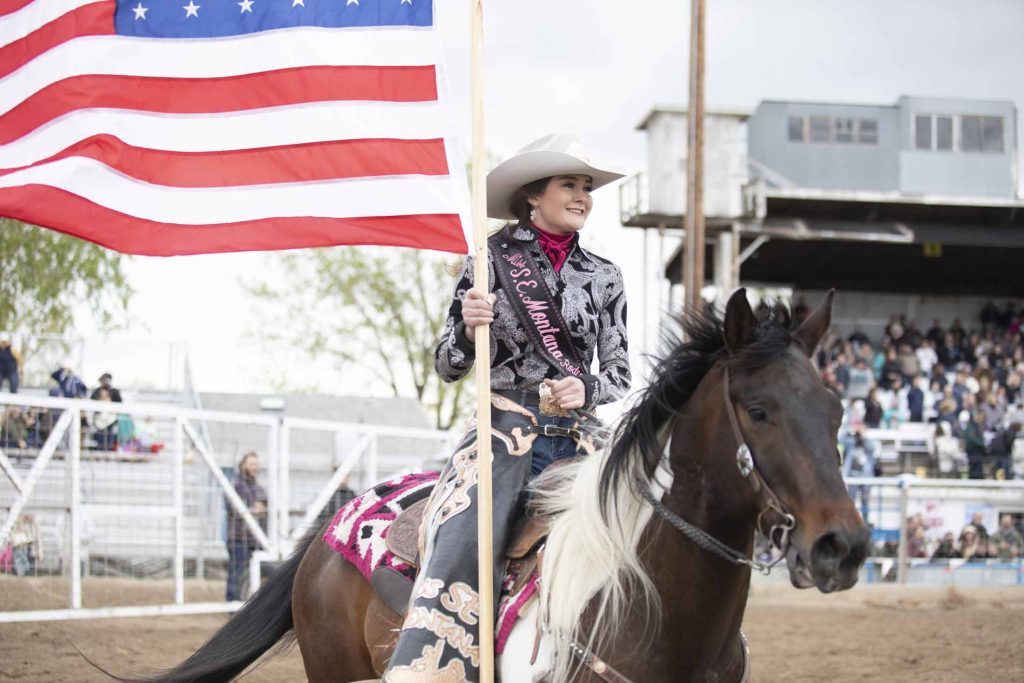
Cheat Sheet of Common Rodeo Events
Rodeos feature a variety of events that showcase different cowboy skills. In bareback riding and saddle bronc riding, competitors attempt to stay mounted on a bucking horse, with the latter using a specialized saddle. Bull riding, often considered the most dangerous event, involves staying on a bucking bull for 8 seconds. Steer wrestling has cowboys chase and wrestle a steer to the ground, while team roping requires two riders to work together to rope a steer's head and hind legs. Tie-down roping, also known as calf roping, involves a cowboy roping a calf and tying three of its legs. Barrel racing, typically a women's event, features riders racing around a cloverleaf pattern of barrels.
Each of these events has specific rules and scoring systems that contribute to a rider's overall performance and ranking, adding to the excitement and complexity of rodeo competitions.
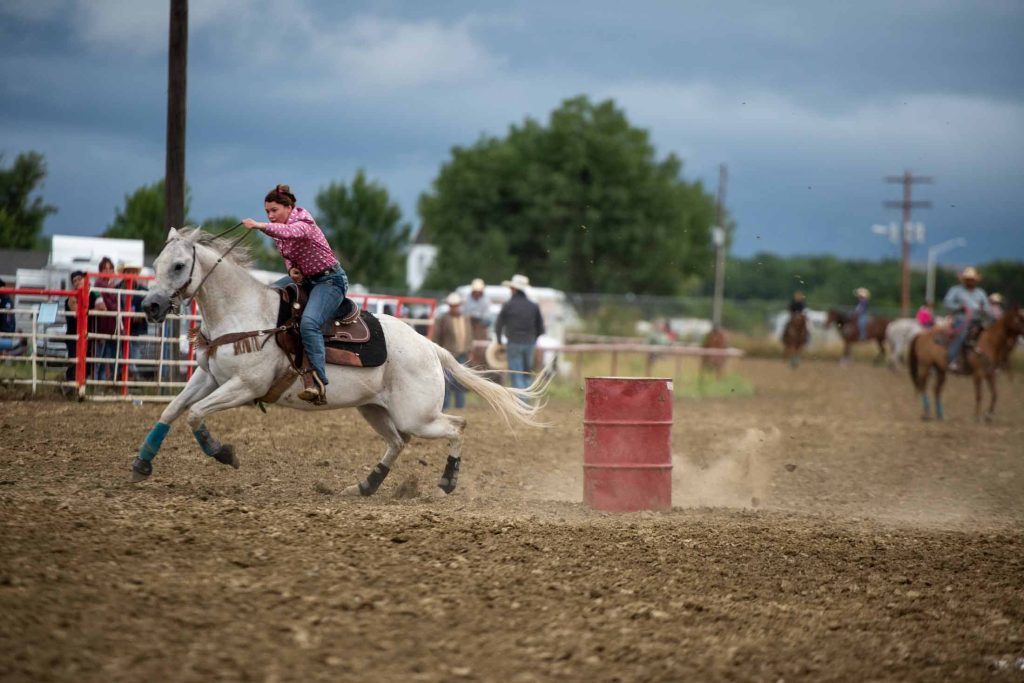
Attending a rodeo in Southeast Montana offers more than just thrilling entertainment; it's a gateway to experiencing the heart and soul of Montana. From the raw excitement of traditional cowboy skills to the warmth of small-town hospitality, a Montana rodeo provides an unforgettable glimpse into the state's rich Western heritage and enduring cowboy spirit.
More from our blog:
